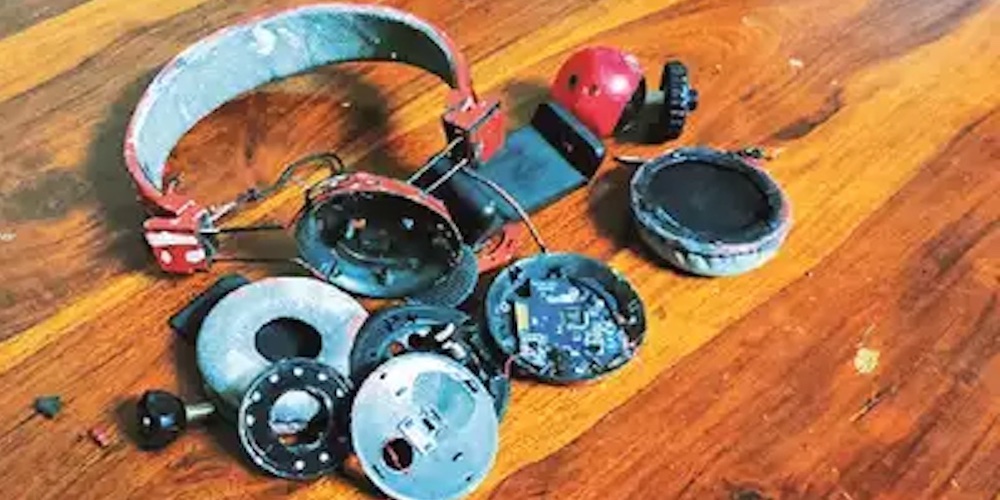Making Money out of Waste

Recycling activities remain at a nascent stage in the country. While the environmental benefits of recycling are well-established, there are several macroeconomic benefits like employment creation
There is an essential need to focus on waste management policies and measures that can aid an effective functioning of the entire waste management system in the country. In line with this perspective, the ICRIER (ndian Council for Research on International Economic Relations (ICRIER)) has come out with what is Sampada Waste Supply-Use Table (WSUT) model.
Developed by Amrita Goldar, Sajal Jain, Ritika Verma and Kartik Nair, the WSUT model includes (a) standard monetary input-output table elements, (b) waste generation by intermediate sectors, waste treatment sectors, and final demand sectors, and finally, (c) waste treated by waste treatment methods. These are used to calculate the Leontief inverse of the WSUT. This, when pre-multiplied by changes in the final demand sector, provides the total effects.
The model is based on the assessment of the macroeconomic gains of the proposed Integrated Resource Recovery Park (IRRP) in the state of Rajasthan.
The ICRIER Sampada WSUT model assesses the direct and indirect impacts of waste management policies and consumption patterns on various macroeconomic parameters. The model incorporates data for monetary transaction values and physical quantities of waste flows, making it capable of accurately evaluating all stages of the consumption process, including purchase, use, and disposal.
It provides a comprehensive view of Rajasthan’s economy and waste flows in the form of a 47 by 47 matrix, which includes thirty-seven intermediate sectors, four waste treatment technologies (incineration, composting, landfill, and material recovery process), and six waste types (municipal solid waste – dry waste, wet waste, inert waste; hazardous waste; bio-medical waste; and plastic waste).
The results highlight that the additional waste treatment undertaken by plants located in the park will result in gains across other linked sectors. An additional treatment of 2.68 lakhs metric tonne per annum (MTPA) of waste, or 5.5 percent of the total waste treated in the state, could lead to additional economic activity of INR 169.48 crores annually for the state. Pulling all the elements together leads to the derivation of the indirect employment that the IRRP in its first phase could lead to. The indirect effects of the park (in terms of its trickle-down effects on employment) could be as much as 45 percent of direct effects.
The model focuses on the development of an in[1]depth understanding of the employment linkages arising out of the establishment of waste recycling park in the state of Rajasthan. The analysis looks at the employment growth potential in a quest to understand macroeconomic implications of the growth in the identified recycling processing zone in the state. The scope also includes a focus on the quality of jobs available in the waste sector, with a qualitative assessment of the skills prevalent in the sector at the state-level.
The motivation behind this model is to examine if potential employment creation can serve as a primary metric for evaluation and establishment of similar sustainability projects in other parts of the country, it is said.

ICRIER Sampada Model
The ICRIER Sampada WSUT model assesses the direct and indirect impacts of waste management policies and consumption patterns on various macroeconomic parameters. The model incorporates data for monetary transaction values and physical quantities of waste flows, making it capable of accurately evaluating all stages of the consumption process, including purchase, use, and disposal. It provides a comprehensive view of Rajasthan’s economy and waste flows in the form of a 47 by 47 matrix, which includes thirty-seven intermediate sectors, four waste treatment technologies (incineration, composting, landfill, and material recovery process), and six waste types (municipal solid waste – dry waste, wet waste, inert waste; hazardous waste; bio-medical waste; and plastic waste).
Amrita Goldar, Sajal Jain, Ritika Verma and Kartik Nair point out that while multiple Indian states such as Maharashtra, Delhi, and Rajasthan have initiated the creation of waste recycling parks, Rajasthan, in particular, stands out as one of the pioneering states in advancing the idea of industrial parks dedicated to treating waste (including e-waste) as a valuable commodity.
The Park in Rajasthan is slated for establishment in the Jaipur district. The Park designated for the establishment of waste processing facilities would facilitate the exchange of waste of various streams and is envisioned to span 44 hectares thereby becoming the first IRRP in India. It is expected that many more states would learn from Rajasthan’s case to understand the costs and benefits of setting up a similar facility.
Amrita Goldar, Sajal Jain, Ritika Verma and Kartik Nair give a diverse set of policy recommendations. First, while the success of the IRRP is dependent on multiple factors, there is a critical need to establish guidelines for the development of such parks in India. It is critical that the IRRP and similar other structures adopt and establish such frameworks to ensure a holistic establishment of the park and thus the development of the state.
Second, the prevalent employment structure in the waste sector of Rajasthan highlights critical policy gaps. Scattered employment within the sector, with a dominance of informal sector signifies the need for major policy-level interventions. Furthermore, the dominance of low skill levels and complete absence of high skilled workforce adds to the woes. The current skill landscape of Rajasthan’s solid waste management and scrap waste sector indicates a significant skill gap, underscoring the urgent need of greater skilling initiatives. The State could engage collaborations with skill councils to run training programs as per the requirements of the diverse industry components of the waste sector. Moreover, these programs could be integrated as part of the various waste management policies of the State to help inculcate the practices and behavior at the base itself.
Third, from a waste technology perspective, a large portion of waste is currently being sent to landfills. Besides the potential environmental risks, such as emissions and possible leaching, this is also a missed economic opportunity. By focusing on recycling (via the Mission Lifestyle for Environment or the LiFE Mission), establishing efficient reverse supply chains for collection and transportation, and creating material recovery infrastructure, we can improve the economic stimulus associated with waste treatment by diverting waste from landfills to recycling.
Fourth, while the IRRP is in its initial phase, the study highlights significant positive spillover effects it could potentially have in terms of additional economic activity and employment creation.


